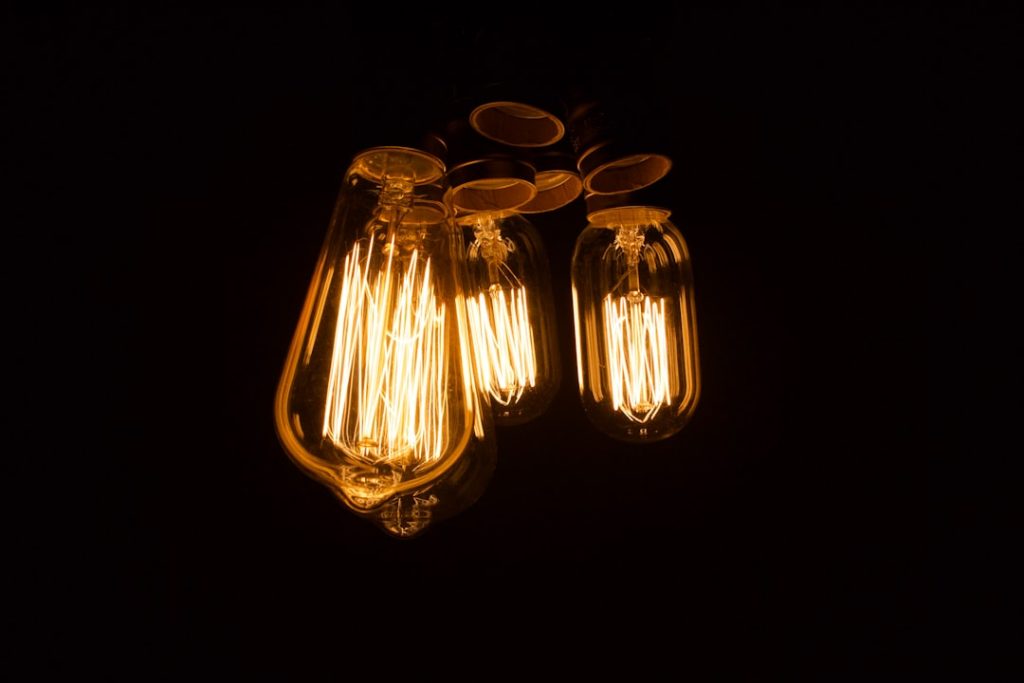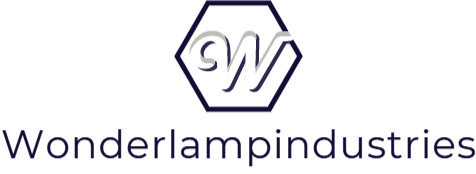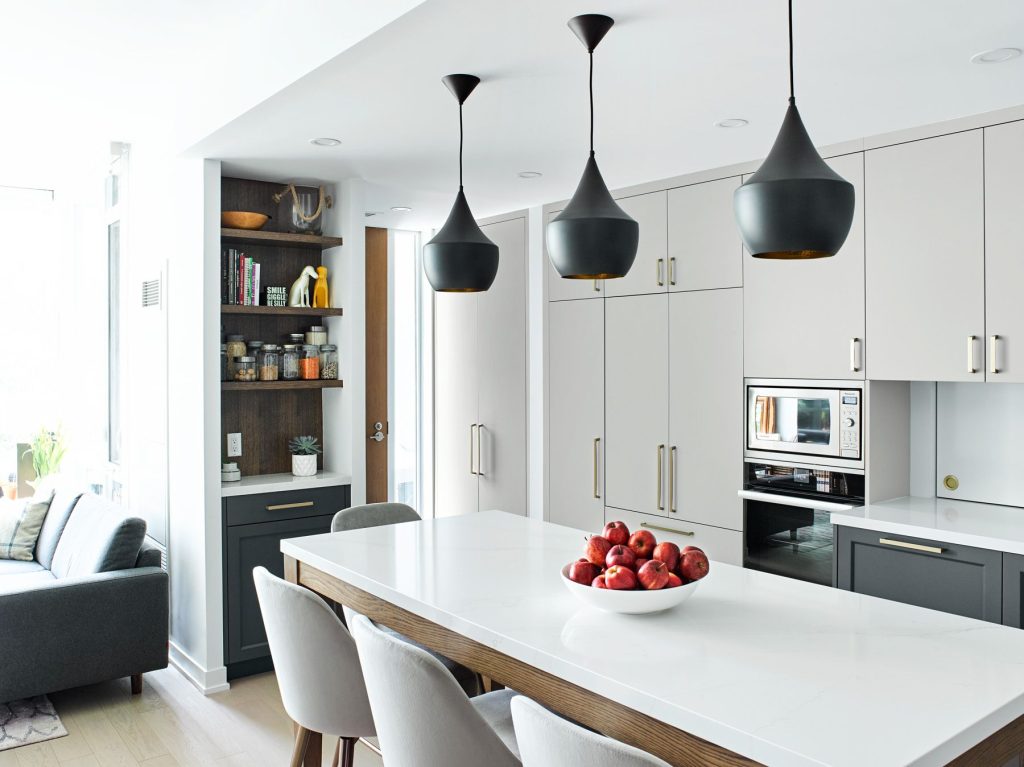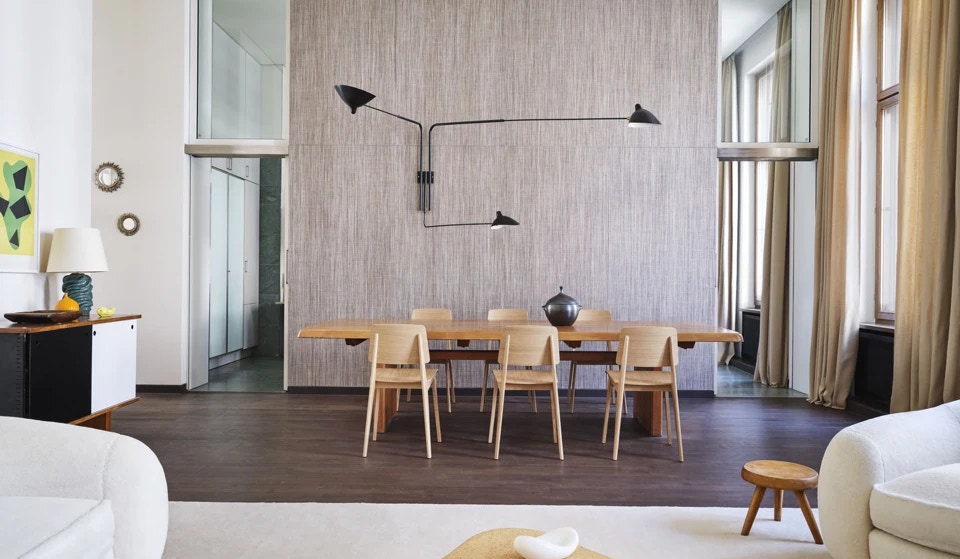
Reviving Retro: Industrial Downlighting
The evolution of industrial downlighting can be traced back to the early 20th century, a period marked by rapid industrialization and urbanization. Factories and warehouses began to emerge as the backbone of economies, necessitating effective lighting solutions that could illuminate vast spaces while ensuring safety and productivity. Initially, incandescent bulbs were the primary source of light, providing a warm glow but often falling short in terms of energy efficiency and longevity.
As industries expanded, the need for more robust lighting systems became apparent, leading to innovations in design and technology. By the mid-20th century, fluorescent lighting gained popularity in industrial settings due to its efficiency and ability to cover larger areas with uniform light Aifeellighting. This shift marked a significant turning point in the history of industrial downlighting, as manufacturers began to develop fixtures specifically designed for high ceilings and expansive workspaces.
The introduction of high-bay and low-bay fixtures allowed for targeted illumination, enhancing visibility in critical areas such as assembly lines and storage facilities. As technology progressed, the advent of LED lighting in the late 20th century revolutionized industrial downlighting once again, offering unprecedented energy savings and lifespan while providing a range of color temperatures to suit various applications.
The Benefits of Industrial Downlighting
Industrial downlighting offers a multitude of benefits that extend beyond mere illumination. One of the most significant advantages is energy efficiency. Traditional lighting systems, such as incandescent and fluorescent bulbs, consume considerable amounts of electricity and require frequent replacements.
In contrast, LED downlights consume significantly less energy, often reducing energy costs by up to 75%. This not only translates to lower utility bills but also contributes to a reduced carbon footprint, aligning with the growing emphasis on sustainability in industrial practices. Another key benefit is the enhanced safety and productivity that effective downlighting provides.
In environments where precision is paramount, such as manufacturing plants or warehouses, proper lighting can minimize accidents and errors. Industrial downlights can be strategically placed to eliminate shadows and dark spots, ensuring that workers have optimal visibility at all times. Furthermore, well-lit spaces can improve employee morale and focus, leading to increased productivity.
Studies have shown that adequate lighting can enhance cognitive function and reduce fatigue, making it an essential component of workplace design.
Choosing the Right Industrial Downlighting for Your Space
Selecting the appropriate industrial downlighting requires careful consideration of several factors, including the specific needs of the space, the type of work being performed, and the desired aesthetic. One crucial aspect is determining the appropriate lumen output for the area. Lumen output refers to the amount of light emitted by a fixture; higher lumen outputs are necessary for spaces with high ceilings or those requiring detailed work.
For instance, a warehouse may require fixtures with higher lumens to ensure visibility across expansive areas, while a workshop may benefit from focused lighting that highlights workstations. In addition to lumen output, it is essential to consider the color temperature of the lighting. Measured in Kelvin (K), color temperature affects how light appears in a space.
Warmer tones (around 2700K-3000K) create a cozy atmosphere suitable for break rooms or lounges, while cooler tones (4000K-5000K) are ideal for work areas where concentration is key. Moreover, factors such as fixture design and mounting height should also be taken into account. Pendant lights may be suitable for lower ceilings, while recessed fixtures are often preferred for high ceilings due to their sleek appearance and ability to provide even illumination without obstructing sightlines.
Incorporating Industrial Downlighting into Modern Design
The integration of industrial downlighting into contemporary design has become increasingly popular as designers seek to blend functionality with aesthetics. The raw, utilitarian look of industrial fixtures complements modern minimalist styles while adding character to spaces. Open-concept offices, loft apartments, and retail environments often feature exposed ductwork and concrete finishes that pair seamlessly with industrial downlights.
This design philosophy embraces imperfections and celebrates materials that tell a story, making industrial downlighting an ideal choice. Moreover, the versatility of industrial downlighting allows it to be incorporated into various design themes beyond traditional industrial aesthetics. For example, in a modern farmhouse setting, vintage-inspired downlights can evoke a sense of nostalgia while providing practical illumination.
Similarly, in a contemporary art gallery, sleek LED fixtures can highlight artwork without detracting from the overall ambiance. The adaptability of industrial downlighting enables designers to create cohesive environments that reflect their vision while meeting functional requirements.
DIY Industrial Downlighting Projects
For those inclined towards hands-on projects, creating DIY industrial downlighting can be a rewarding endeavor that adds a personal touch to any space. One popular project involves repurposing vintage materials such as metal piping or reclaimed wood to create unique light fixtures. For instance, using metal conduit pipes to construct a pendant light not only embodies an industrial aesthetic but also allows for customization in terms of size and finish.
By incorporating Edison bulbs into these fixtures, one can achieve a warm glow that enhances the overall ambiance. Another engaging DIY project involves creating a track lighting system using adjustable LED downlights mounted on wooden beams or metal tracks. This approach allows for flexibility in directing light where it is needed most while maintaining an industrial look.
Additionally, painting or finishing these fixtures with matte black or brushed nickel can elevate their appearance and ensure they blend seamlessly with existing decor. Such projects not only provide functional lighting solutions but also serve as conversation starters that showcase creativity and craftsmanship.
Maintenance and Care for Industrial Downlighting
Proper maintenance is crucial for ensuring the longevity and performance of industrial downlighting systems. Regular cleaning is essential to prevent dust accumulation on fixtures, which can diminish light output over time. For LED fixtures, using a soft cloth or microfiber towel dampened with mild soap and water is typically sufficient for cleaning without damaging sensitive components.
It is advisable to avoid harsh chemicals or abrasive materials that could scratch surfaces or degrade finishes. In addition to cleaning, periodic inspections are necessary to identify any potential issues before they escalate. Checking for flickering lights or unusual sounds can indicate underlying problems that may require professional attention.
Furthermore, ensuring that all electrical connections are secure and free from corrosion is vital for safety and efficiency. For businesses operating in environments with high dust or moisture levels, investing in sealed fixtures can help mitigate maintenance challenges by protecting internal components from contaminants.
Industrial Downlighting in Commercial Spaces
The application of industrial downlighting in commercial spaces has gained traction due to its ability to enhance both functionality and aesthetics. Retail environments benefit from strategically placed downlights that highlight merchandise while creating an inviting atmosphere for customers. For example, fashion boutiques often utilize adjustable track lighting to showcase clothing displays effectively while maintaining an overall cohesive design theme.
In office settings, industrial downlighting can contribute to improved employee well-being by providing adequate illumination for work tasks while fostering collaboration in shared spaces. Open-plan offices often incorporate pendant lights or recessed fixtures that offer both direct and ambient lighting options. This flexibility allows employees to customize their work environments according to their preferences while ensuring that all areas remain well-lit and conducive to productivity.
The Future of Industrial Downlighting
As technology continues to advance at a rapid pace, the future of industrial downlighting promises exciting developments that will further enhance its functionality and efficiency. Smart lighting systems are becoming increasingly prevalent in industrial applications, allowing users to control lighting remotely through mobile devices or integrated building management systems. These systems enable features such as dimming capabilities, scheduling, and occupancy sensing, which can optimize energy usage while adapting to changing needs throughout the day.
Moreover, advancements in LED technology are paving the way for even more efficient lighting solutions with improved color rendering capabilities and longer lifespans. Innovations such as tunable white lighting allow users to adjust color temperatures based on specific tasks or times of day, promoting better focus during work hours and relaxation during breaks. As sustainability remains a priority across industries, the integration of renewable energy sources into lighting systems will likely become more common, further reducing environmental impact while enhancing operational efficiency.
In conclusion, industrial downlighting has evolved significantly over the years from basic incandescent bulbs to sophisticated LED systems that offer numerous benefits for various applications. Its role in enhancing safety, productivity, and aesthetics makes it an indispensable element in modern design across commercial spaces and beyond. As technology continues to advance, the future holds even greater potential for innovation in this essential aspect of industrial lighting.



